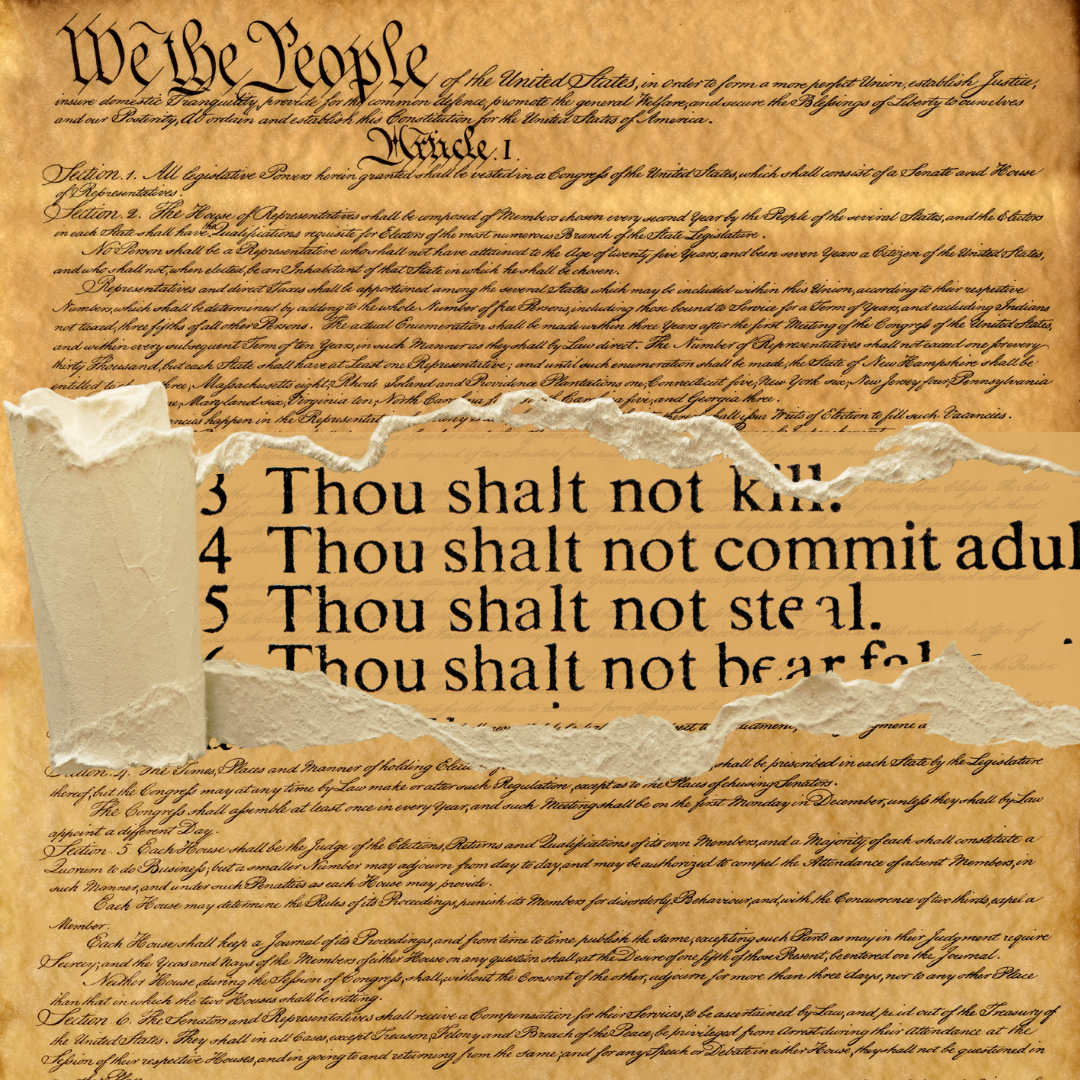St. Joe’s needs a renewed interest in recreational sports
When asked what sets St. Joe’s apart from other colleges, many students on campus are quick to point to our sense of community.
We are grounded firmly in our Jesuit heritage that calls for care of all people on an individual level. We not only seek to work for others, but also with others.
At their best, team sports achieve this very purpose. They rally unique individuals together in the pursuit of common goals.
Friendship is deepened and critical leadership skills are developed. I recognized these profound effects while playing football my freshmen year of high school.
While I am far from the most athletic person in the room, I have a passion for working with others and forming connections.
My team may not have produced amazing results on the gridiron, but I met some of my best high school friends on that team.
I was challenged to become more of a vocal leader and make consistent attempts to praise others for their successes. Six years later, I continue to lean on the wisdom gleaned that season.
I haven’t played sports at St. Joe’s because the offerings have not been there.
According to the National Federation of State High School Associations, the number of participants in high school sports in 2017-18 reached record high of 7,980,886.
This is a promising sign. Quite a few of these athletes are likely to have had experiences similar to mine. Sports hone students’ talents, athletic skills and life skills alike. Sports have a way of developing the whole person.
Yet for many former high school athletes, the challenging transition to college can be exacerbated by the sudden lack of team-sport opportunities. After the stress of a long school day, these former student athletes turned to sports for relief.
Despite being physically drained after practices, they were mentally renewed to head home and get work done.
Further, these athletes learned how to manage their time around an extensive game and practice schedule.
There are undoubtedly plenty of opportunities to connect with peers in college, yet the camaraderie of sports cannot be replicated. They allow you to get to know others in a deeper, more connective manner.
Few have the chance to compete at the collegiate, or even the club, level. This makes intramural sports crucial. They can offer a competitive outlet for sports enthusiasts or be a stress reliever for those who prefer recreational games.
This is what spurred my friends and me to compete in a sand volleyball league for the last few summers. We missed our days on the pitch, the gridiron and the courts.
Over the course of the last few years, these summer Sunday nights were the highlights of our weeks because they brought us together in an exciting, competitive way. St. Joe’s, for all it does well, falls pathetically flat on this front. The intramural program has such profound potential, yet it’s promotion is lackluster at best.
Students from all grade levels, but freshmen especially, ask each fall about how to get involved with intramurals.
As a Resident Assistant, this year my residents were especially interested with getting together teams for a few of the sports. They looked to me for guidance in signing up. Even as a junior who has a solid sense of campus life, I was at a loss for words. This frustrated me.
There is clearly a demand for a robust intramural program and many students are willing to pay to play, so the roadblocks to its execution are unclear. While Student Recreation, similar to other departments, saw their funding decrease this year, the issue has been present since at least my freshman year.
Signs in the front of O’Pake and the intramurals website promote a diverse range of offerings including flag football, basketball, volleyball, soccer, softball and more, yet there is hardly any communication about sign-ups and the current web page to sign up for a team only flag football and basketball.
While other groups on campus, like SUB and Campus Ministry, make concerted efforts to push flyers out and promote their events on the digital monitors, those in charge of intramurals are content to let the seasons pass by.
It seems as if only those students who are diligent enough to dig through the online mess and reach out to potential contacts deserve to play. This is simply not how it should be.
I have seen time and time again how strong the St. Joe’s community truly is. The Division I and club teams on campus have formed intentional communities within the broader campus climate.
Still, intramural sports must be retooled immediately if the university is to care for students holistically. The ball is in the university’s court. When will they finally take action?














































